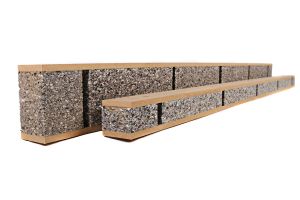-
 Akoestikon Acoustic StudsSoundproofing wall and ceiling
Akoestikon Acoustic StudsSoundproofing wall and ceiling- Soundproofing for walls & ceiling
- High soundproofing insulation
- Insulate noise from neighbours
(incl. tax)Starting at £8.65
Constructive sound insulation
More solutions for insulating walls, floors and ceilings can be found on the overview page Structural sound insulation. Related to this are the pages about burengeluid.

 Sound Absorption
Sound Absorption  Sound Insulation
Sound Insulation  Vibration Isolation
Vibration Isolation  Silent Ventilation
Silent Ventilation  Accessories
Accessories  Thermal & Acoustic Insulation
Thermal & Acoustic Insulation